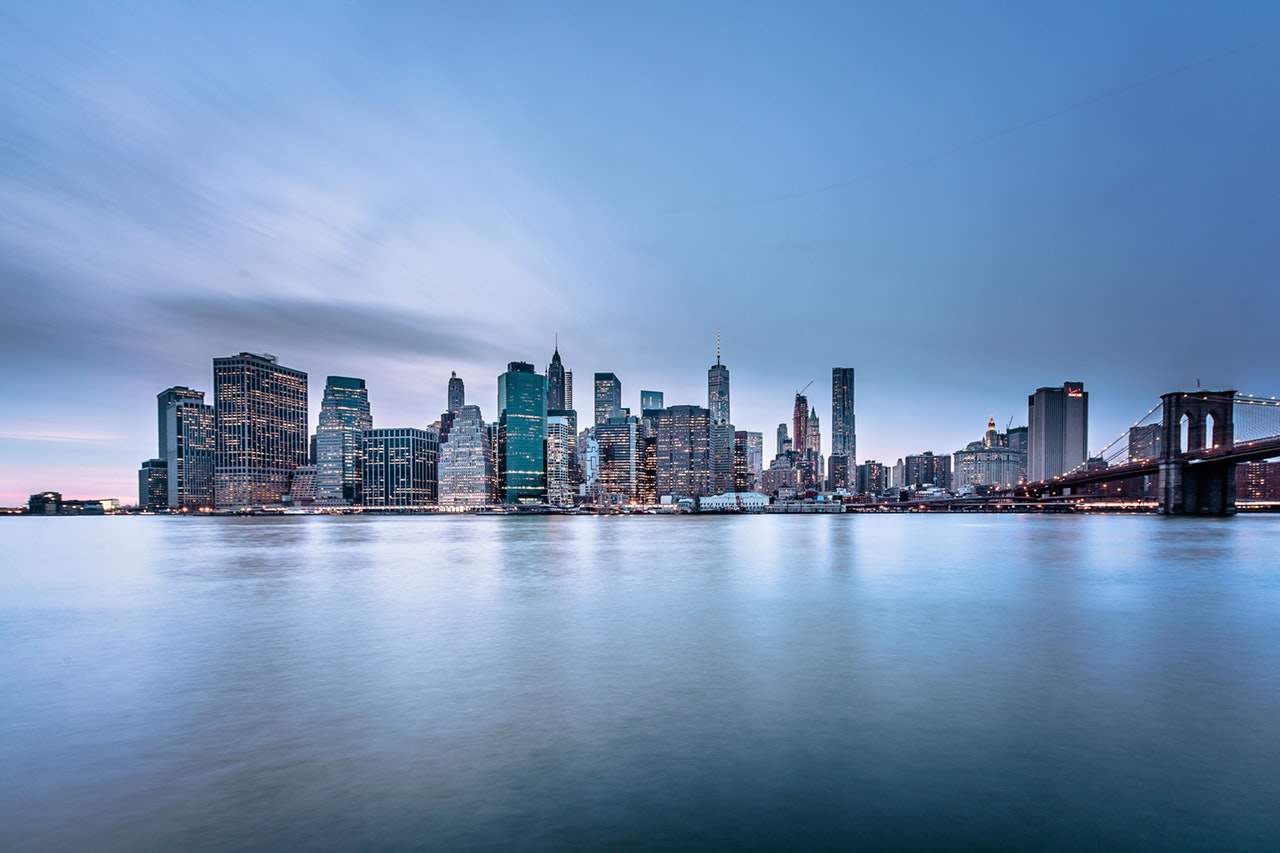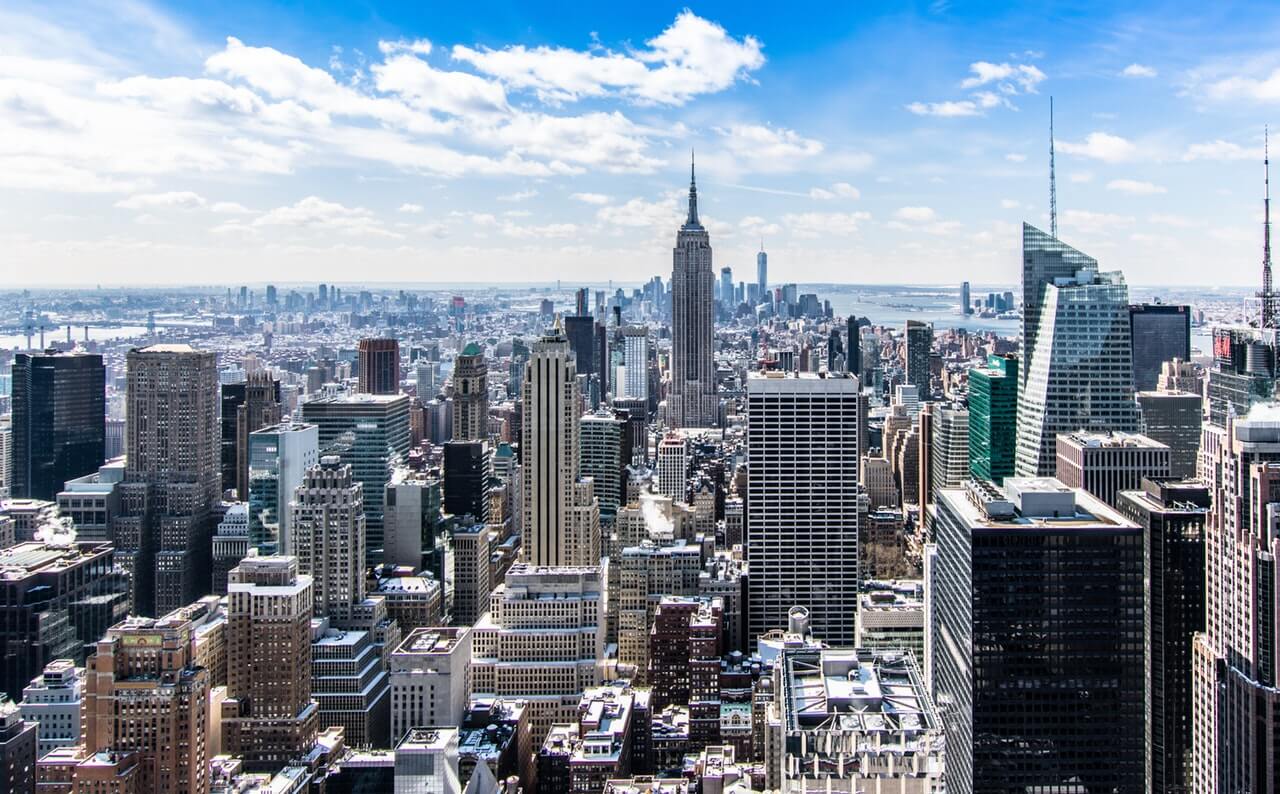Planning a trip to New York City? Below you will find a handful of the top attractions, places to see, and which neighborhoods in New York to visit during your vacation.
Downtown
Financial District (Wall Street)
The financial district or better known as Wall Street encompasses the entire southern tip of Manhattan and is considered the economic capital of the country.
Things to do in the Financial District
You should take a trip to Battery Park at the southern tip of Manhattan for a stroll through flower gardens and waterfront landscape. Catch a ferry to the Statue of Liberty and Ellis Island to learn about immigration to the United States through NYC.
Explore the moving 9/11 Memorial & Museum, located on the former site of the World Trade Center. Here you’ll find a monument to the lives lost in 1993 and 2001 and learn about the brave history of those who lived through the tragedy and helped to rebuild this iconic part of NYC.
See what all the excitement is about at the headquarters of the New York Stock exchange. Stop by the impressive federal Hall building and be sure not to miss 40 Wall Street.
Little Italy & Chinatown
Little Italy and Chinatown are two distinct neighborhoods that represent two different cultures with an emphasis on one common thing. That thing being delicious, ethnic food.
Things to do in Chinatown
Be sure to stop by Mott and Grand Streets for exotic food stands busy markets and little shops. If you want a little cultural perspective and for a better understanding of Chinatown, the world’s largest Chinatown outside of Asia, visit the Museum of Chinese in America.
Things to do in Little Italy
Check out the boutique shopping scene in NoLlta (North of Little Italy). Then head to grab some delicious Italian cultured food at any of the popular restaurants along Mulberry Street. Then poke around the specialty shops to see all the imported Italian treats.
After you’ve shopped and tasted your way through the North of Little Italy, head to the Italian American Museum for a cultural account of Italian immigration to the United States.



